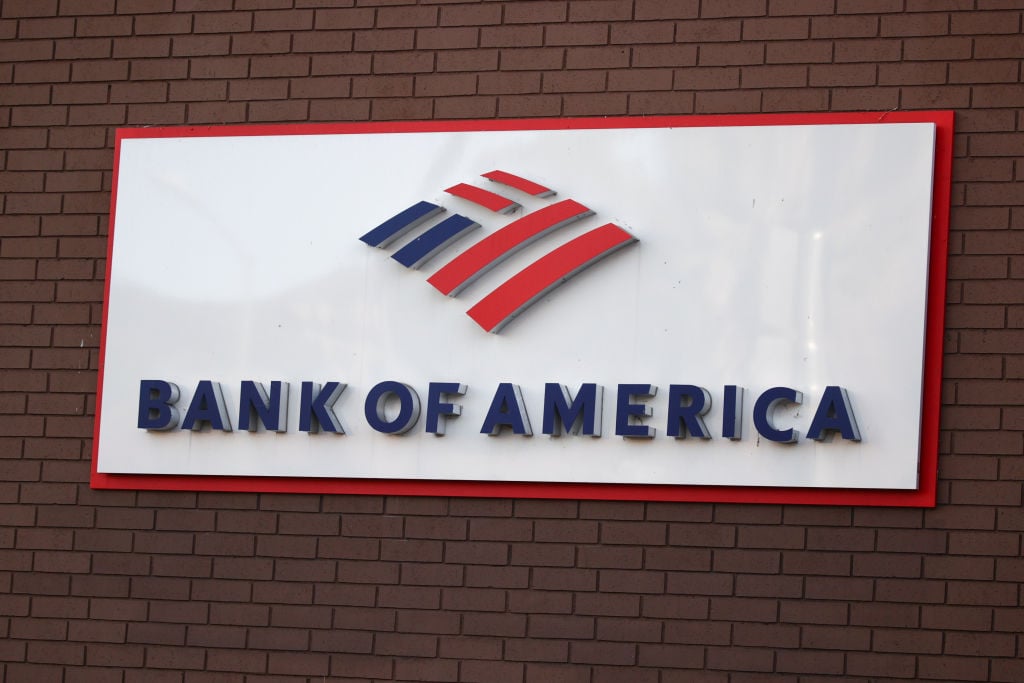Warren Buffett has famously claimed that if he had "only" $1 million to invest, he could make 50% per year on that money. His point was that with a mere million, rather than the billions he manages, he would have far more flexibility to seek out the best available opportunities the market has to offer.
As usual, Buffett was absolutely right. $1 million is something of a "sweet spot" when it comes to investing. It's big enough money to be meaningful to us mere mortals, while still small enough to let investors put it where it can help them the most.
Only the best will do
Whether you've got $1,000 to invest or that cool million, your objective should be the same as Buffett's were he a mere millionaire. Your money belongs where it has the best chance of doing you the most good.
Of course, nobody -- not even Buffett -- can perfectly predict the future. So figuring out what the best investments really are is as much about finding the right strategy as it is about finding the right stocks. Because when the market moves against you, you need to figure out whether you were wrong in your analysis and should sell or early in your timing and should instead buy more.
With the right strategy, you get a framework for evaluating a company's true worth -- and for adjusting that evaluation as the business changes over time. That makes it possible for you to see and act upon the opportunities the market throws your way -- such as when it gives you a bargain you can't refuse or is willing to accept way too much for a worthless stock.
What does the right strategy look like?
Key to any successful strategy is to understand that there's a difference between a company's stock and its business. In the long run, the way the business performs ultimately drives the stock's price. In the short run, however, one or the other of the competing emotions of fear and greed will often dominate.
Your mission, if you want to be a successful investor, is to recognize those cases where one of those emotions, rather than financial sense, is dominating a stock's pricing. When fear is in full control, it just may be time to buy to get yourself a bargain. And when greed is in charge, it's likely a good opportunity to sell and get top dollar for your troubles.
While it's not always easy to tell when emotion rather than logic is ruling the day, there are a couple of key metrics that can help:
- Price to Tangible Book ratio: This level measures where the company's shares are trading when compared to the accounting value of all its physical assets like buildings and cash.
- Forward P/E ratio: This number measures where the company's shares are trading when compared to how much it is expected to earn over the next 12 months.
Alone, they each tell part of the story, as one focuses on what the company owns and the other on what it does, but together, they can clue you in to when emotion is in charge.
Fear and greed run the show
When a stock's price to tangible book ratio is below one and its forward P/E ratio is below 10, it's a sign that the market has soured on the company's prospects. In essence, the market is projecting that the business will destroy value rather than create it, which is why its shares are available so cheaply.
This table shows a few stocks in that category now, along with an explanation of why the market is worried:
|
Company |
Price to Tangible Book |
Forward P/E |
What's spooking the market? |
|---|---|---|---|
| Bank of America (NYSE: BAC) | 0.96 | 9.5 | Tightly tethered to the still-weak housing and employment markets; may be vulnerable to further writedowns |
| Chesapeake Energy (NYSE: CHK) | 0.94 | 9.0 | Natural Gas storage levels near highest point in history |
| DryShips (Nasdaq: DRYS) | 0.55 | 5.6 | Oversupply of ships, large debt load relative to equity |
| Capstead Mortgage (NYSE: CMO) | 0.99 | 8.1 | Tied to mortgage quality & exposed to interest rate risks |
Conversely, when a stocks' price to tangible book ratio is above four and its forward P/E ratio is above 60, it's a sign that the market has already priced in great things for the company's future.
While that fabulous future may very well materialize, chances are good that the investors who already owned the stock before its shares got priced up will be the ones who'll benefit. This table shows a few that may have already gotten away, along with an explanation of why the market is ecstatic:
|
Company |
Price to Tangible Book |
Forward P/E |
Why is the market euphoric? |
|---|---|---|---|
| Allied Nevada Gold (NYSE: ANV) | 4.74 | 281.2 | Gold prices are high -- taking miners up with them. |
| OpenTable (Nasdaq: OPEN) | 16.41 | 70.2 | Very strong recent earnings report. |
| Limelight Networks (Nasdaq: LLNW) | 5.52 | n/a | Strong revenue growth, in spite of lackluster earnings. |
Invest like a millionaire
Over the long haul, the market tends to get pricing right. After all, there's money on the line. So the time to pounce is on those occasions where fear or greed dominates a stock's price. At Motley Fool Million Dollar Portfolio, we so strongly believe that the market will eventually get its pricing right that we're investing the Fool's own money based on that philosophy. And yes, that includes selling when the market falls too far in love with a stock.
To find out more, simply enter your email address in the box below.



